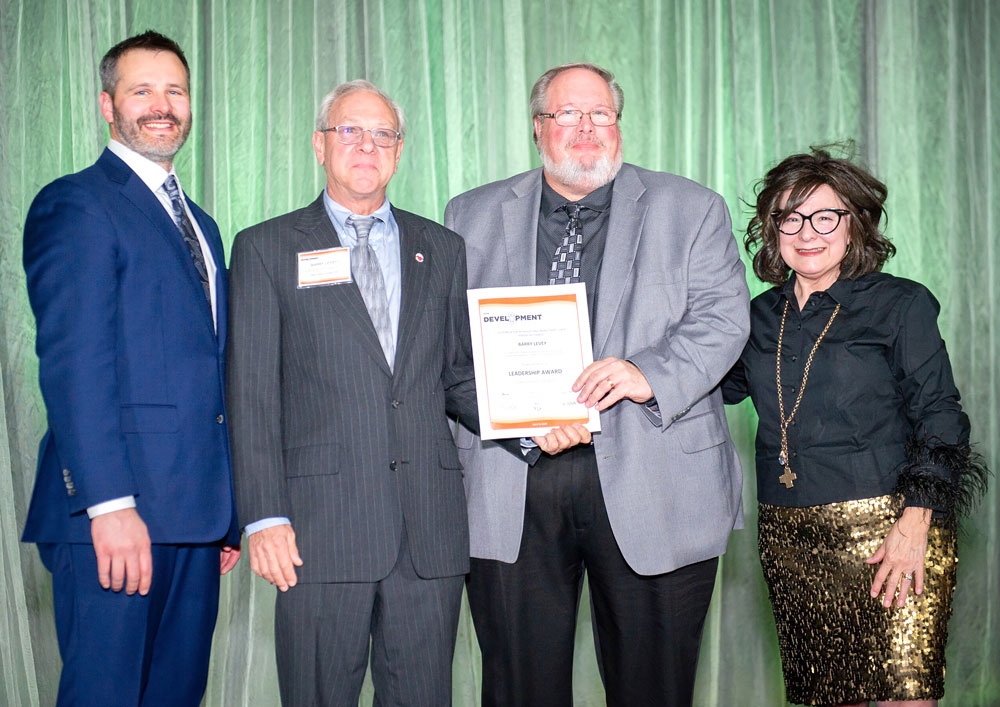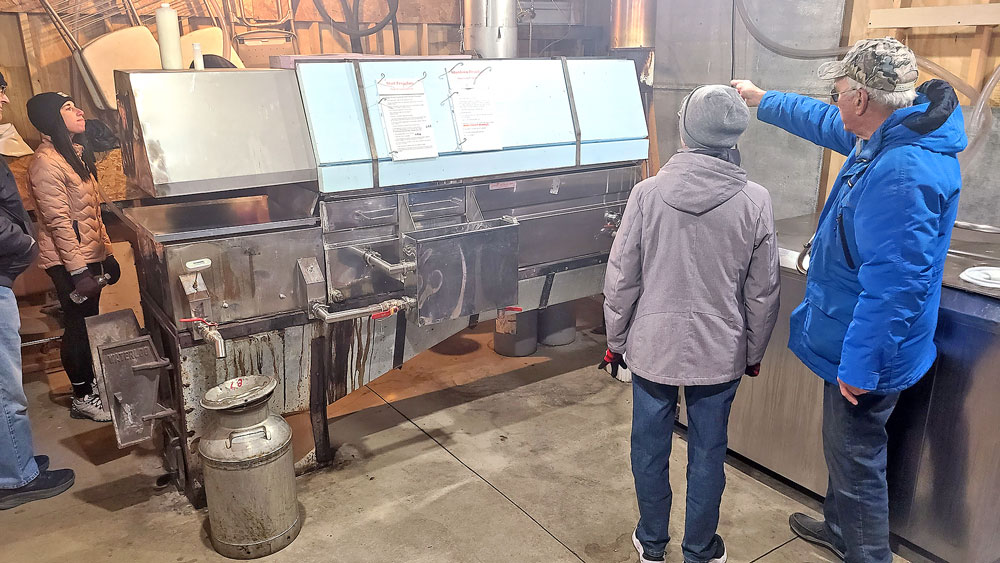New flood maps for Floyd County could change property risk assessments

By Bob Steenson, bsteenson@charlescitypress.com
Some Floyd County property owners’ flood insurance requirements could change under new floodplain maps that are being developed by the state Department of Natural Resources.
Next Tuesday, the Iowa DNR and the Federal Emergency Management Agency (FEMA) will host an open house in Charles City to present the preliminary floodplain maps to county residents.
John Fallis, Charles City city engineer, said, “Flooding is the No. 1 natural disaster in the United States. It is vital that property owners understand their risk and take advantage of tools or programs available to them, including flood insurance.”
The public meeting will be held 5:30-7:30 p.m. Tuesday, Aug. 14, at the Charles City council chambers at City Hall, 105 Milwaukee Mall.
As a result of these map changes, some buildings throughout Floyd County may, for the first time, may be included in a high-risk flood zone, known as the Special Flood Hazard Area, Fallis said in a news release.
“This may result in those affected homeowners being required to purchase flood insurance,” Fallis said.
Jason Conn, national flood insurance program specialist with the Iowa DNR, said that people who are using property as collateral for a mortgage or loan, especially if it’s a federally backed mortgage, may be required to purchase flood insurance if the property falls within the 1 percent annual chance floodplain — what is commonly known as the 100-year floodplain.
Conn told the Press the open house will give people a chance to speak one-on-one with officials about their individual properties.
“If the map shows an expansion of the floodplain and their property is at a greater risk, we want to explain to them the consequences in terms of flood insurance and the floodplain management regulations if they plan to do any improvements to their structure,” he said.
“We want to provide them as much information as we can, … and provide them a couple of different websites where they can go and view the maps themselves,” he said.
If people have a situation where the floodplain is expanding and they have a mortgage on a structure that is now included, it’s very likely once the maps do go into effect they’ll be contacted by their lending institution regarding mandatory purchase of flood insurance, Conn said.
There are some things that people can learn about cost-saving measures in terms of flood insurance premiums, he said.
For example, if someone finds out that his or her property will become part of a 100-year floodplain, they can purchase flood insurance now before the new maps become official and lock in a lower premium rate, he said.
“We want to be able to explain those issues to them,” Conn said.
Representatives from FEMA and the Iowa DNR will be on hand to answer questions and address residents’ concerns about the preliminary flood maps, he said.
Conn said the state is also seeking input from city and county officials, to make sure the information on the maps is correct regarding corporate city limits or street names, for example.
If errors are found or if city or county officials disagree with floodplain boundaries, there is a process to appeal the maps.
“It is a very rigid process, because it’s detailed in the code of federal regulations, so there’s a lot of steps the community must go through in order to submit a valid appeal,” Conn said.
Conn said the new maps should more accurately predict flood risk.
“We have new topographic data that was not available when FEMA produced the countywide maps for Floyd County in 2007, so we have more accurate terrain data that allows us to more accurately delineate the floodplain boundary,” he said.
“Additionally, we used the expertise of the Iowa Flood Center and they produced new hydrologic and hydraulic analysis for many of the streams across the county, and in fact across the state, so we have a greater confidence in the flood risk that’s projected on the preliminary maps than what was previously done for FEMA’s 2007 maps.”
Conn said historical flood data is considered, but is not the only deciding factor.
“So, for instance, we don’t look specifically at 2008 when we are doing floodplain mapping. We take a lot more variables into consideration,” he said.
Conn said the maps will become effective in the next two years, possible by the end of 2019 or early 2020.
No additional meetings are being planned before the maps go into effect unless a community requests it, he said.
Additional information about the Tuesday meeting is available by contacting the City Engineering Department at 257-6300. Residents with questions regarding the floodplain can contact the Iowa Dept. of Natural Resources at 515-725-8333 or Jason.Conn@dnr.iowa.gov.









Social Share